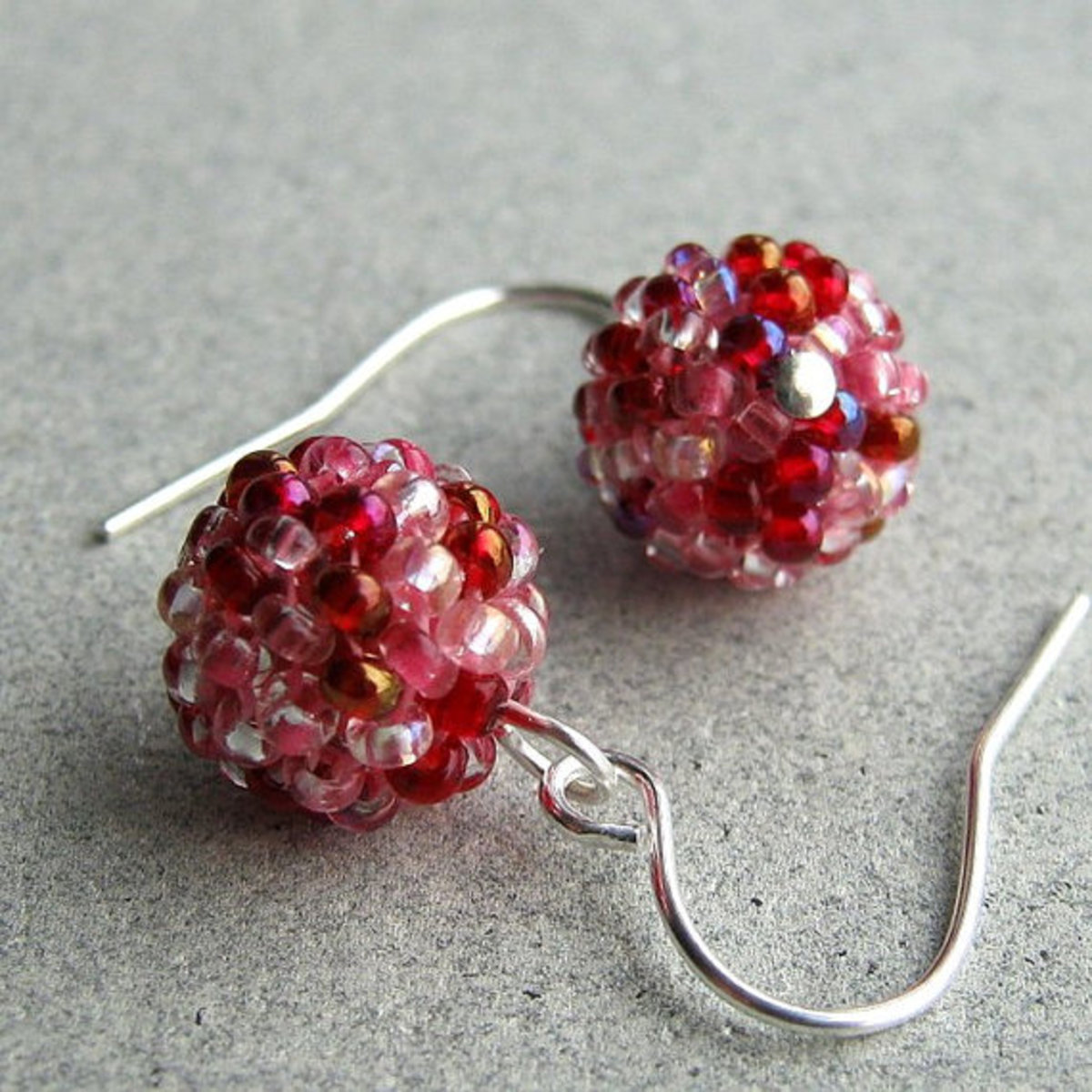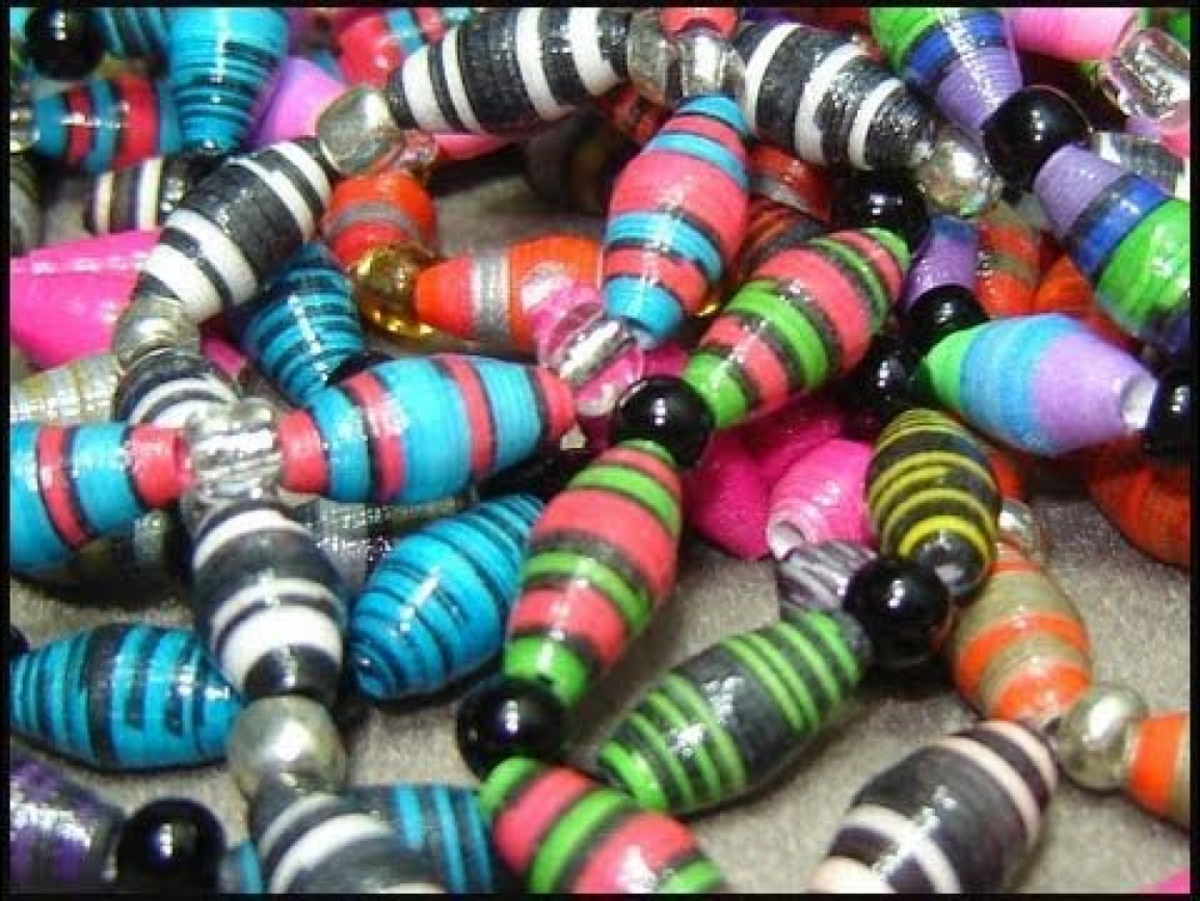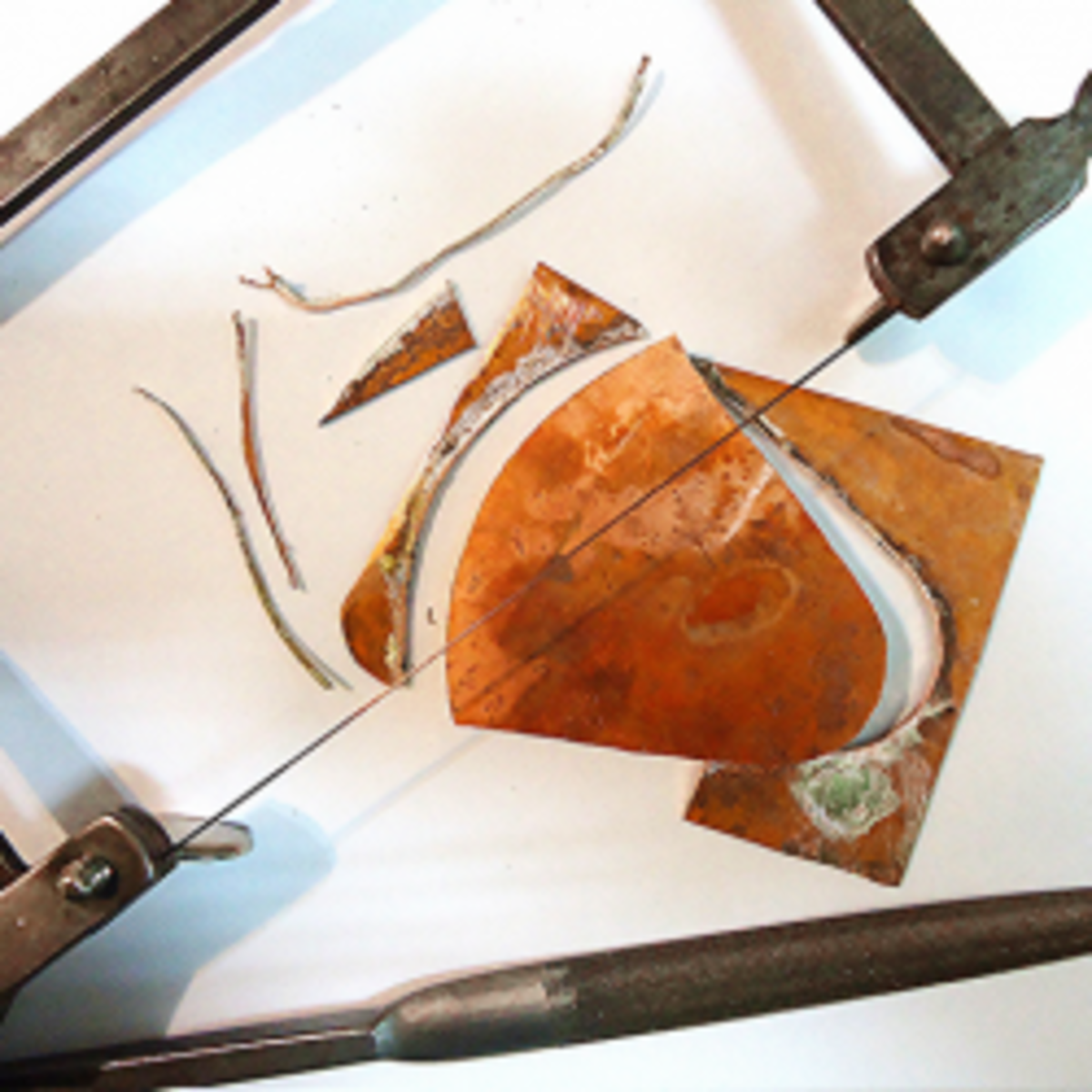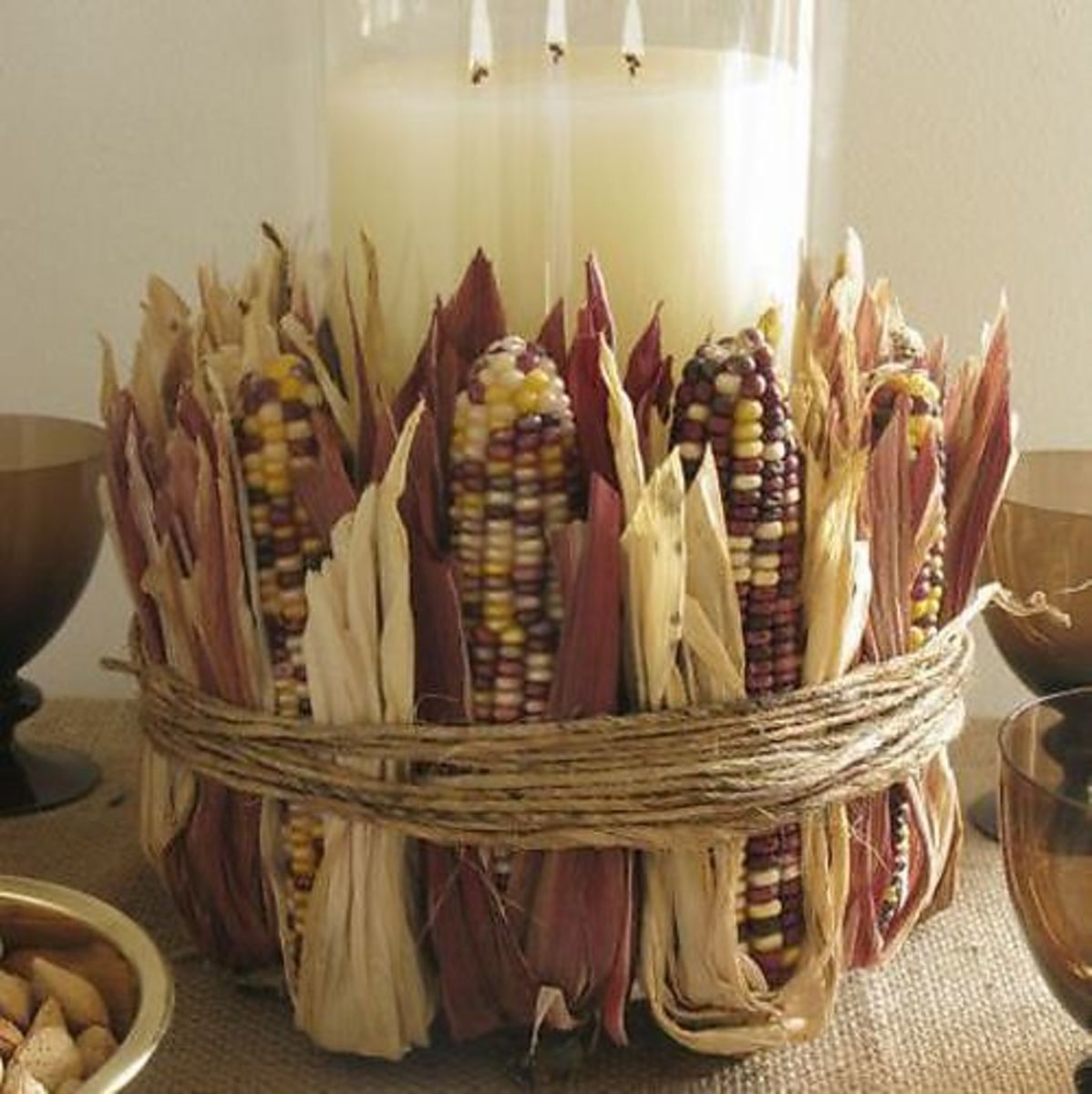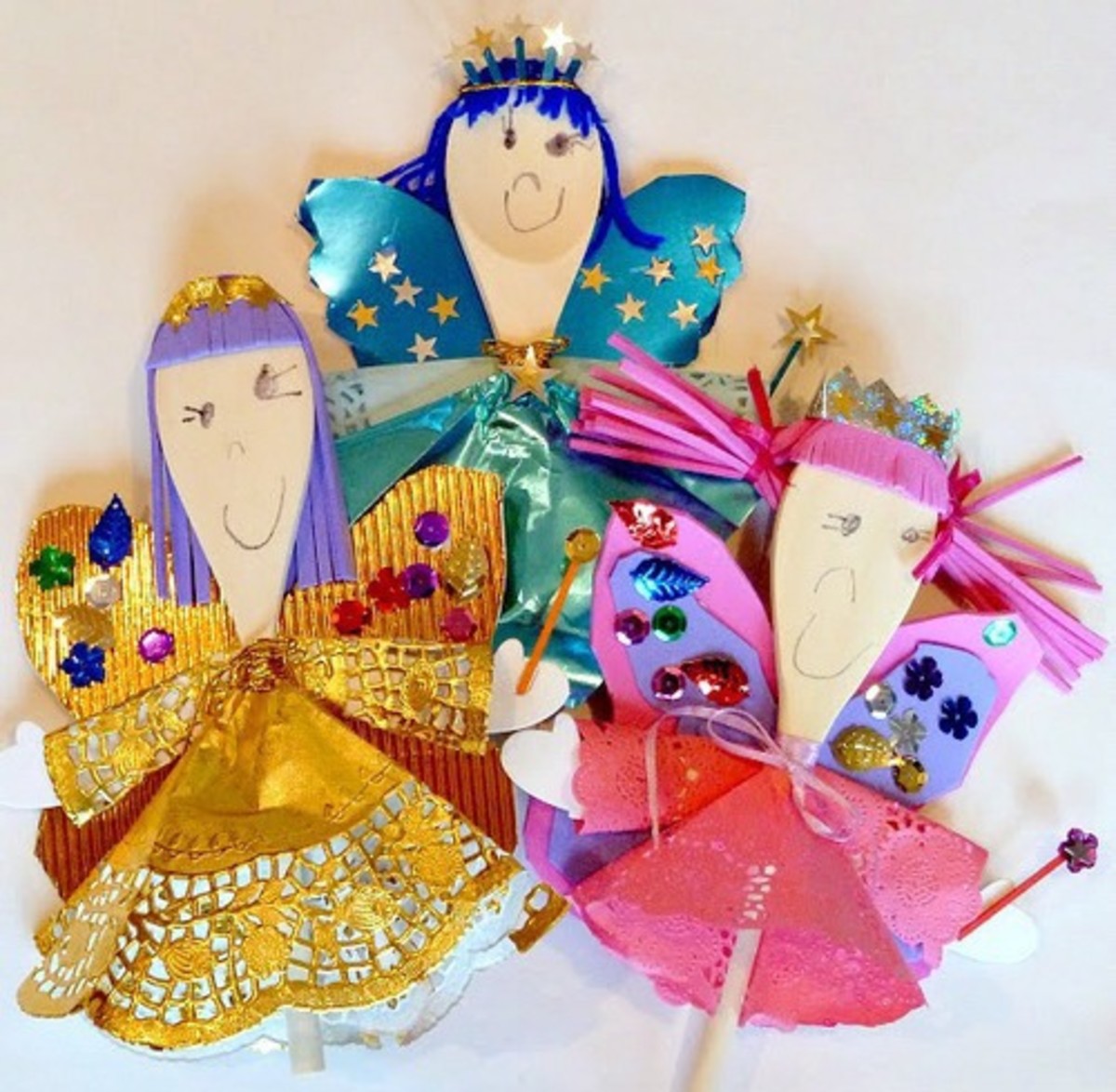Beading Ideas, Inspiration and Insights
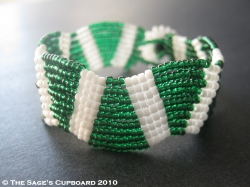
Design Ideas for Bead Arists
Every new piece of beadwork has a history, a place of origin, a source of inspiration. Images, objects, colors, nature, music, fashion - all of these things can inspire artists to create. Bead artists have limitless possibilities when it comes to designing a piece after something that strikes them. From beads, to colors, to techniques and styles, there is no end to the number of ways a single idea can be transformed with beads.
Often when we are drawn to something we see, it is because of color. Every color in the spectrum has a different affect on us, and can move us in different ways. Likewise, certain combinations of color are more pleasing than others. The positions on the color wheel are important when artists wish to create patterns of color that compliment or contrast with each other. Those shades that are side-by-side, or directly opposite are the most beautiful, interesting and memorable.
For the bead artist, choosing colors to represent something we've seen or imagined can present a difficult decision. There are nearly endless combinations of bead styles, finishes and shades of color. Each one has it's own unique appearance, and way of interacting with other beads.
The first step is to determine what the final beadwork piece will be. Does the inspiration take better form as jewelry, as wall art, or sculpture? Once the design is chosen, the next step is choosing the style, shape, and size of beads that best suits that type of beadwork. Seed beads and crystals are the most versatile, and also come in the widest variety of colors and finishes. Each bead selected will bring it's own unique appeal to the entire palette. Experimenting with different shades and finishes will allow an artist to find a memorable combination of beads.
Nature
...and Inspiration
One of the most common places for artists of all mediums to find inspiration is in nature. The very first artists drew horses and other animals on the walls of caves, telling the story of every day survival. Today the ability to capture what we see around us in art has been refined, giving us an entirely separate world to experience in art.
Animals and Insects
There are many ways to represent the animals that inspire us in beadwork. Silhouettes or cartoon likenesses can be captured in patterned bead weaving. In this case color and geometry work together to create an image that the eye will recognize. To be more abstract, color and form will tell the story in a way that requires more imagination. The way the beads are used, and the structure of the piece represent the personality or appearance of an animal.
Here a peacock eye is represented with simple strands of beads. To create the affect, the strands were strung in a grid over a portrait of the feather so that colors overlapped. When the ends are drawn together, the flow of the strands represent a birdlike grace, while the colors themselves remind us of the peacock.
Fruits and Vegetables
Color is certainly a key player when using foods for inspiration. The right red can make one think of cherries, but a different shade may look instead like strawberries, or clown noses, or something altogether different. Shapes and textures are also important. While the same green can be used for apples and pears, the design of the beadwork will determine which one the eye sees.
Here a grapevine is represented with seed beads in different shades of purple. The fringe stitching is normally used for creating leaves, but because of the change in color, grapes also come to life. The addition of browns in different shades also contributes to a realistic vinyard feeling.
Flowers and Plants
Often when using flowers in beadwork, color is the most important factor. Choosing the wrong reds and greens for a rose motif can give the beadwork a holiday appearance, instead of a garden feeling. Form is also important, though being creative with shapes and colors can make for interesting pieces. A daisy shape is easily recognized, but the flower can be transformed by an exchange of white for purple, blue, even black.
Here an entire patch of wild daisies is captured in a necklace. The very simple and traditional daisy chain stitch becomes new again with the addition of fringe and leaves. Green seed beads in different finishes add depth to the foliage, creating a feeling of tall grasses and a summer breeze.
Mythology
...and Inspiration
Some of the most famous paintings, sculptures and etchings were inspired by the characters of ancient mythology and theology. Beaders, too, can find ways to incorporate ancient beasts, gods and heroes into their work. Form and style are important when creating beadwork after the ancient traditions. Bead sculpture and embroidery is an excellent way to represent creatures as they were imagined, or as they are imagined by the artist. Themes from mythology can also be used in an abstract way, to represent a different way of seeing the world.
Fantasy Creatures
In this piece, a mermaid's attire is brought to life. Seed beads are used to mimic seaweed, coral and sea foam. The addition of blue pearls serves a double purpose. Not only are they objects of the sea, but they are also the color of tropical waters.
History and Fashion Eras
...for Inspiration
There are many different vintage beadwork styles that are popular with jewelry artists. Some of the most common are Victorian, and Native American. By combining the popular colors of a culture or time period with particular styles and techniques, artists can recreate jewelry and beadwork from all manner of times and places.
Ancient Egypt
The Egyptians excelled at jewelry design, being very conscious of color and material quality. Gold was used almost exclusively for settings and components, and was a very prized possession. The Egyptians valued gold, not for it's rarity, as we do, but for it's color. It was used to represent the power of the sun, and was thought to connect them with the sun god Amun-Ra.
This necklace uses seed beads in classic Egyptian colors. Red for carnelian, blue for lapis, and galvanized beads represent gold. The shape of the beadwork is also reminiscent of Egyptian pectoral amulets, though it does not include a pendant at the rear of the necklace.
Here a combination of beadwork and oil painting represents the jewelry of Tutankhamun.
Western
Colors and textures are important factors when creating pieces that evoke the spirit of the wild west, horsemen, and deserts. Fashions themselves can also be the inspiration, such as sheriff stars, belt buckles and leather. Turquoise and silver are obvious mediums, as they were used frequently by local jewelers of the time, as well as today.
This necklace uses traditional western colors, as well as a star-like shape. The polished stone beads have a butte-like quality, and bring to mind a stony stretch of desert. It is an excellent piece to wear with denim for a casual outfit.
Pop Culture
...and Inspiration
Television, film, music and celebrities all have the ability to change the way we feel, dress and see the world. Films in particular have been known to set fashion trends. Movies and television shows such as "Flash Dance", "The Matrix", "Friends", and "Sex in the City", to name a few, are all known for influencing trends in fashion, hairstyles and jewelry. Re-creating styles used in popular media is one route, but the characters and themes themselves can also be used for inspiration.
Movie Characters
In this piece, the essence of Caribbean pirates was the inspiration for a single strand necklace. Wooden beads are a direct influence, and glass beads were added for color. The hand painted Jolly Roger bead is the finishing touch that makes the theme unmistakable.
Television Characters
In this piece, the eyelash yarn was the inspiration to create something reminiscent of Muppet monsters. Several strands of pink and orange eyelash yarn are woven with macramé knots and strung with glass beads and soft beaded beads in pink and blue. Worn like a scarf, the necklace can also double as a belt, and is perfect for a girl's tea party.
Found Objects
...and Inspiration
There are many odds and ends that we come across in our daily lives that can be the focal point of a creative piece of beadwork. When choosing a design, colors and patterns that compliment the object's purpose or theme are something to consider. For instance, a skeleton key pairs nicely with vintage charms, and shells or sea glass look beautiful with pearls, coral chips and drop beads.
Unlikely Charms
The fishing lure in this piece has in interesting color and pattern that seems to speak of surf boards and sunsets. Instead of matching colors in the beadwork, shades of Pacific Ocean blue and California sun yellow were used to complete the beach-bum theme.
Beading Basics
Try out a new beading technique or material each month to keep your creations fresh and challenging. Learn about beading styles of the world from experienced artists, and broaden your beading repertoire.
Experimenting with Color
A quick way to explore color variations is with photography. Take pictures of bead combinations and use a photo editor to adjust the Hue. Each color in the photo will change at the same rate, creating new contrasts to consider. If you don't have photo editing software on your computer, many image hosting websites offer editing tools for free when you upload your pictures.
Color Expertise
The talented and knowledgable Margie Deeb sat down with Beads, Baubles, and Jewels to talk about her ideas for creating beadwork from photographs.
Using color theory and carefully built palettes, Margie transforms beautiful images into extraordinary jewelry and home decor with beads.
Check out this great interview for some tips and ideas for all types of beadwork and jewelry design. Margie Deeb uses examples from her own beadwork collection to show artists of all skill levels how they can master the art of color use.
Design Direction
There are many ways to design a piece of jewelry or beadwork. Two of the most commen processes seem to work in opposite directions.
Some bead artists create items that are inspired by objects, people, places and colors. They must locate the right beads to complete their vision.
Others look at a bead and design a way to use it based on shape, color, and texture.
Which direction do you design in?
Thank You for Visiting
Did you enjoy this lens? Share it with a friend!
For even more inspiration, try a search of my recommended sites:
Have you been inspired? What inspires your artwork?
Please feel free to leave feedback about this guide, and don't forget to rate Beading Ideas, Inspiration and Insights.
If you're not already a Squidoo member, join today! You can review and rate pages like these, and create your own lens!







